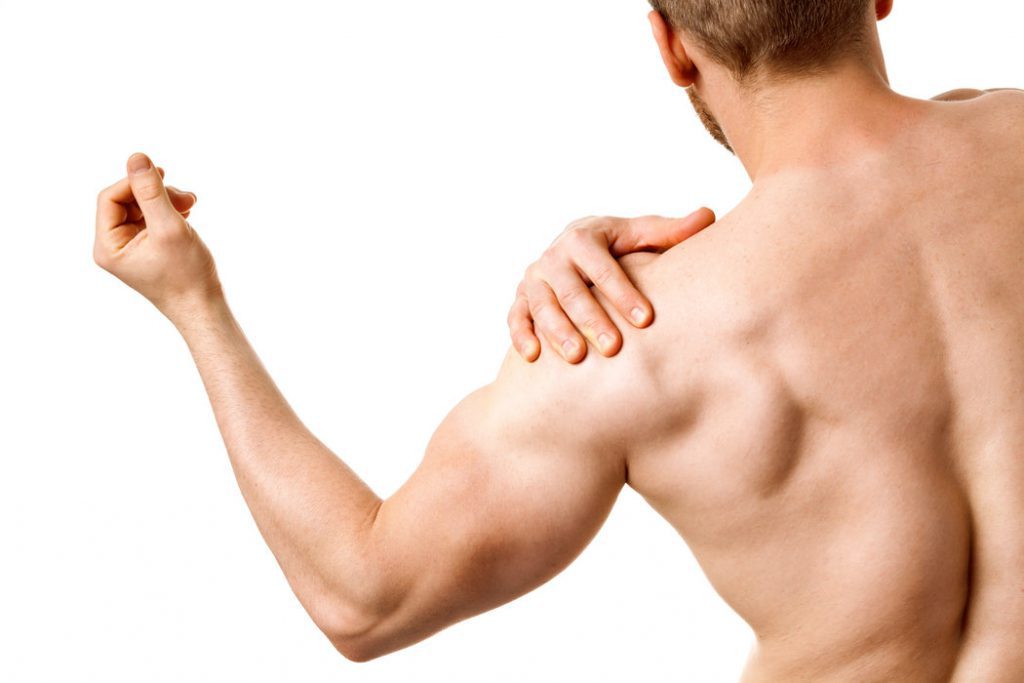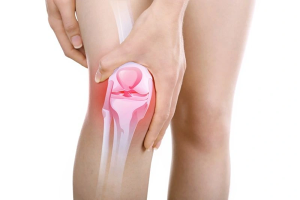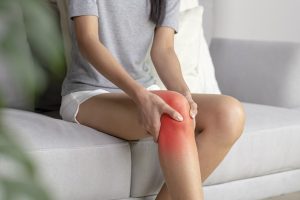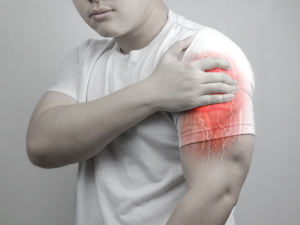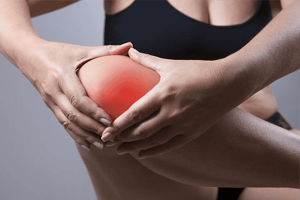What is Muscle Strain?
Muscle strain occurs when muscle fibers are stretched beyond their normal capacity, exceeding the muscle’s ability to withstand tension. Muscle strain commonly affects the neck, lower back, arms, and legs, particularly in individuals who engage in sports or intense physical activities.

Causes of Muscle Strain

Stress
Prolonged stress or anxiety can negatively impact the nervous system, disrupting the brain’s ability to send signals to muscles. This may lead to muscle strain or spasms.

Overtraining
Intense, frequent workouts can overload muscles, keeping them in a constant state of strain. This is a leading cause of muscle tightness and muscle strain.

Repetitive Movements
Muscle strain can occur when muscles are overused continuously. This condition reduces muscle flexibility, resulting in persistent pain and stiffness over time.

Improper Training
Training without proper guidance, such as following poorly instructed online videos or advice from friends, often leads to mistakes in form or technique, increasing the risk of muscle strain.
Symptoms of Muscle Strain
Individuals with muscle strain typically experience the following symptoms:
» Swelling, bruising, or redness in the affected muscle area.
» Pain even at rest, without movement.
» Sharp pain when moving the injured muscle or related joints.
» Weakness in tendons and muscles.
» Limited range of motion in the strained muscle area.
In mild cases, despite some tearing and reduced flexibility, the affected muscles may still be functional. However, severe muscle tears can cause excruciating pain and significantly restrict movement. Mild to moderate muscle strain, with proper care, often heals within a few weeks. Severe cases may take several months for full recovery.



